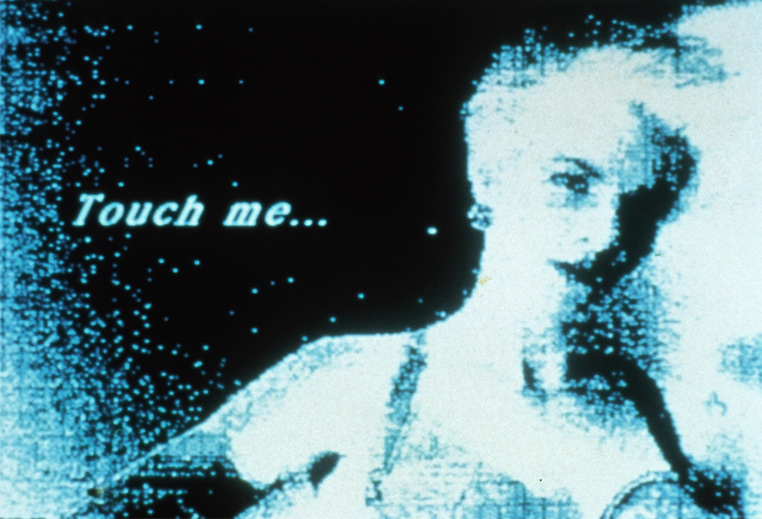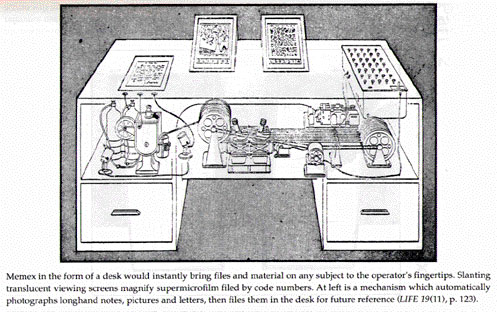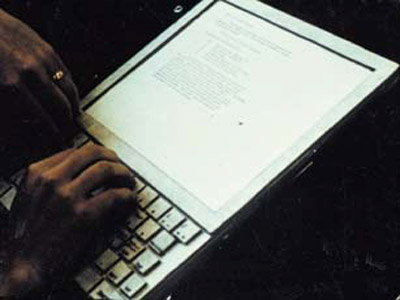


Art Stage Singapore: 26-28 JAN 2018
What did I capture and what did I remember? I have a few images of the event.
Which one is real artwork? Images in my iPhone forever or objects in convention centre temporary?






Art Stage Singapore: 26-28 JAN 2018
What did I capture and what did I remember? I have a few images of the event.
Which one is real artwork? Images in my iPhone forever or objects in convention centre temporary?















What intrigues you in Singapore?

The way green and concrete are mixed in a building

Building window structure and the way windows are opened

Laundry dry hanger structure outside of a window

Colors of building




City under construction


*The voice in metro, “If you see any suspicious looking person or articles, please ….”
This photos are from the journey to the projector to see a movie. I have taken photos that focus on the structure of the buildings. So my photos are concentrated on the buildings and roads.
It is quite interesting for me that there are many open type, distinctive structures without windows. In Seoul, there are all enclosed type buildings because of the 4 seasons weather. And Korean construction companies decide to paint general color on the building to consider the tastes of all residents. I’m surprised that buildings are very colorful and sometimes have unexpected color combinations here. I guess it would be because the weather in Singapore is really warm and good .
The thing that always intrigues me is the voice in metro about the suspicious things. I’m wondering what suspicious looking persons or articles are.

Ant farm, architects collective, set the ultimate media event called Media Burn in 4 July 1975. They made the poster to invite people to parking lot of Cow Palace where the event was held near San Francisco. They made press release to have local news come to cover it. More than 300 people attended the event to see “Media Burn”. They sold their posters and t-shirts. The documenting crews interviewed people who attended the event. Before the artist dummies started, the Artist-president walked on the stage and addressed about the American life of media.
”Who can deny we are a nation addicted to television and the constant flow of media…..Now I ask you, my fellow Americans, haven’t you ever wanted to put your foot through your television screen?’’
The Art-President introduced artist dummies. Two artist dummies slided into the “Phantom Dream Car”made with 1959 Cadillac El Dorado Biarritz and crashed into the burning wall of televisions. After the crash, they got out of the car and sat on the backseat of driving car to wave their hands to audiences, like a hero.

This work shows the power of images that the two icons of 1960s America burned and crashed. Remodeled Cadillac was literally “phantom” that was representative of the American culture.
A broadcaster covered the event on the news and ended with a question about the event, “Get it?” and a news anchor said “I don’t think I want to get it.” It was exactly what the artist-president anticipated in his speech. He said “the world may never understand what was done here today but the image created here shall never be forgotten.”
Ant Farm made the whole event, not just a crashing image. They set all the stages, narratives and order of the event. It was just like a political event that we can see on a broadcast. I think that a series of narratives (including inviting local news, artist-president’s speech, and introducing artist dummies etc.) was the process to persuade people to immerse in the Media Burn. They made people believe this event seriously as a real, not a funny, joking black comedy show. If the cadillac had just crashed on the burning television sets, it couldn’t have made this powerful impact. People might have said “So what?”. But through the series of narratives, Ant Farm made it as a real. And the image with the whole process made a huge influence.
“It was a project that was about creating one image, just this image that you see here. But,… first imagined 1973 and It took two and a half of years to realize this. In the course of that period of time, it became not just a photo shoot to create this image , but became a public performance before live audience…we wanted to have local news come out to cover it as if it was a real. And we had our own video crews there. And it became a expanding kind of project that had all this different components….”
-Chip Lord live from the NMC Media Lounge at the College Art Association conference
“The group well understood that the object is nothing without its performative aura.”
-Sex, Drugs, Rock and Roll, Cars, Dolphins, and Architexture, Michael Sorkin
In my opinion, this event was captured the ambivalent emotion to the new technology at that time. In 1960s, it was the period when the technology-based products became common in daily life that we take for granted these days. People felt anxiety of different way of life, enjoying television show at the same time. “Media Burn” is a performative artwork that catch that anxiety and visualize it hilariously.

Videoplace had developed by Myron Krueger from 1970s to 1980s. (According to wikipedia, Videoplace was a name of artificial reality laboratory.) The system of Videoplace works using projector, video cameras, hardware and screen to interpret the movement of users into images on the screen. Users can control the characters or draw lines to make an image on the screen. And users can also communicate and interact with another users in separate rooms through the silhouette on the screen. There are over 50 compositions and interactions of videoplace.
The movement of users transferred to graphic interface such as point(pixel, line, plane(silhouette), and color. By moving their full body, audiences participate in the work actively and produce images. It means that the role of audience changed from passive viewers who are just sitting and touching to active users who are using their whole body to produce images. Audiences become producers who create images by using interactive system that was developed by scientists and artists. In this work, audience can experience and involve in an “artificial reality”.
In the essay written by Scott Fisher, I found the explanation that pointed out the change of the viewer’s role.
“A key feature of these display systems (and of more expensive simulation systems) is that the viewer’s movements are non-programmed; that is, they are free to choose their own path through available information rather than remain restricted to passively watching a ‘guided-tour’.”
–Scott Fisher, “Virtual Environments” 1989, Multimedia: From Wagner to Virtual Reality
Videoplace reminded me of 3D virtual drawing tool. Now we can draw 3 dimensional drawing in the space. The expansion from 2D plane on the computer screen to 3D void in the real space changes people’s experience and sense in both virtual reality and physical world.

Wilfred Lim lived and grew up in a small fishing village, Pengerang, southern Malaysia. He graduated from NTU, School of Art, Design and Media. The exhibition “Songs of a Beached Whale”, his first solo exhibition, is held in the arts house. I wrote the review after attending the artist talk on Saturday, 3th February.
His photography captures landscape of the fishing village destroyed due to the construction of an oil refinery . The residents who had lived in the village were forced to move out after they got the red note from government. They left the houses where had their own family identities and history. He achieved the empty house with red note on the front wall. Also he photographed the village landscape in theatrical ways, with the objects that he brought from abandoned house or his brother and himself. He said the he tried to make people know about what happened.
He used photograph as a tool to disclose the reality and to miss and remember the disappeared village, home. Someone asked him if he has any plan to photograph new places where the village residents moved in. And he answered that although they are trying to fill new houses with their identities, he doesn’t want to take a photograph of it. He said “That’s not what I want to see.” He choose the speed of the mechanical production to keep up with the speed of the mechanical destruction.


Deep Contact was the human-computer interactive artwork made by Lynn Hershman Leeson in 1989. There was a guide named Marion on the screen and the work asked people to touch any part of her body to play the work. An experience that it gave to audience depended on which body part was touched. They could make a “virtual connections” with the screen images by touching it. There were “a complex web of episodes” and it was triggered by audience.
There are two elements related to the essays. First, depending on which part was touched, it triggered “linking” to episode that was organized by the artist. Second, audience was required to touch any part of the Marion’s body to start the artwork. In other words, Deep Contact needs human-computer interaction to produce experience and meaning as the artwork.
In the essay by Vannevar Bush, the author introduces a device named “memex”(memory extender) that is a future device to store and manipulate the information and knowledge. And he suggests the system to operate this storage of knowledge that is resembled with the way the human think.
“The human mind does not work that way. It operates by association. With one item in its grasp, it snaps instantly to the next that is suggested by the association of thoughts, in accordance with some intricate web of trails carried by the cells of the brain.”
-Vannevar Bush, As We May Think, 1945

In the essay “Personal Dynamic Media”, the author focused on the possibility of human-computer interaction as “the communication and manipulation of knowledge” with many examples of the systems programmed by ordinary people using the Dynabook.
This new “metamedium” is active—it can respond to queries and experiments—so that the messages may involve the learner in a two-way conversation.
– Personal Dynamic Media, Alan Kay and Adele Goldberg, 1977

When I first saw the artwork “Deep Contact” on the official website of Lynn Hershman, the description of the duration captured my eyes.
“Duration Infinite”
It looks like a metaphor about the contemporary multimedia life. With the notion of “Hyperlink”, we never stop clicking contents. Our real body is forgotten and expanded into the screen where is never-ending, non-sequential linking of information , knowledge, events and joy.